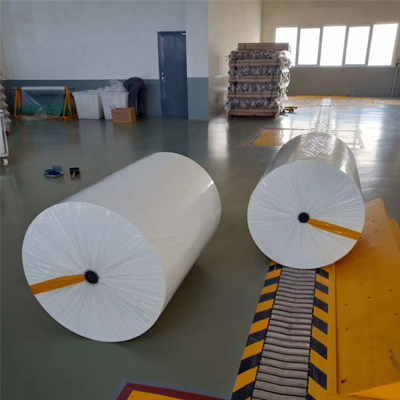Mar . 01, 2024 16:12 Back to list
HOW IS PAPERBOARD MADE?
Paperboard is a paper-based substance that is thick- it is essentially a thicker version of a normal paper which is usually 12 points thicker. It also boasts quality unlike normal paper and has several advantages such as foldability and stiffness. Paperboard can be either Single-ply or multi-ply, depending upon its application.
70GSM ML1006 SPECIFICATION
Paperboard can be readily cut and shaped to whatever shapes desired or whatever purpose it needs to serve, it is lightweight, and is thus widely utilized in packaging because of its many practical advantages. High-quality graphic printing, such as book and magazine covers or postcards, is another use. Paperboard is often utilized in the fine arts to make sculptures.
How is Paperboard Made?
Manufacturing of Paperboard is distributed over various phases namely:
1. Raw Material Stage
The fibrous raw material that is essential for Paperboard Production can come from either fresh source such as woods or recycled waste paper. Wood pulp accounts for approximately 90% of virgin paper production. However, given the negative implication on the environment recycled waste papers are often preferred and is gaining on the traditional manufacturing.
2. Pulping Stage
Chemical pulping over thermo-mechanical pulping process yields stronger pulp characteristics, however in comparison to Thermo-mechanical pulping it gives around 30% lesser pulp. Chemical pulping employs chemical solutions to turn wood into pulp whereas, Thermo-mechanical pulp is a two-stage process.
3. Bleaching Stage
Because of the presence of lignin, virgin fibre pulp is naturally dark in colour. The pulp used to make paperboard can be bleached to reduce colour and enhance purity. Recycled paperboard may include residues of chemicals, and other residues that cause it to be grey in colour. However, bleaching is only required on specific applications. There are different bleaching procedures depending on variety of criteria such as the degree of colour change desired, the chemicals used, and the manner of treatment. Bleaching techniques are classified into three types:
- Bleaching by delignification
- Bleaching by oxidation
- Bleaching by reduction
4. Plies Stage
Depending upon the end use, the pulp could be processed to muli-ply by adding additional layers of the same pulp. And since each layer of pulp is individually treated and shaped separately it has a greater quality for the desired purpose.
5. Coating Stage
After the final pulping and Plies stage, each layer of paperboards is coated with either an option of layer composed of a pigment such as China clay, calcium carbonate, or titanium dioxide, or a mixture of the two or another option of an adhesive or binder such as styrene-butadiene emulsions or starches and water. These one or more layers of coating are applied to paperboard to increase its whiteness, smoothness, and gloss.
Their product categories include various types of duplex boards with different backing colors (white, brown, and gray), as well as decorative base papers with specific specifications such as 70gsm ML1006, 65gsm ML1085, and 60gsm.
The company is located in Xingtai City, Hebei Province, China, and can be contacted via phone at 0319-5914900 or by email at 441835323@qq.com.
If you have any inquiries about their products or would like to request a quote, you can reach out to them using the provided contact information. They also offer a live chat feature on their website for immediate assistance.
If you're interested in their products or have specific questions, feel free to ask, and I'll do my best to assist you.
-
Discover High Quality Self Adhesive Paper for Cabinets – Durable, Sustainable, Stylish
NewsNov.24,2025
-
Premium High Quality Blue Contact Paper for Furniture | Durable Surface Solutions
NewsNov.23,2025
-
What Drives High Quality Duplex Paper Price? Key Factors and Global Insights
NewsNov.22,2025
-
High Quality Decorative Contact Paper for Cabinets | Durable & Stylish Solutions
NewsNov.22,2025
-
High Quality Stick Paper for Cabinets: Durable, Sustainable, and Stylish Surface Solutions
NewsNov.21,2025
-
High Quality Self Adhesive Cabinet Paper: Durable, Sustainable Finishes for Modern Cabinets
NewsNov.20,2025


